Top 25 Off the Beaten Paths in Iran | The Lesser-Known Destination
Iran's past whispers from ancient ruins, while its present unfolds in vibrant cities. This list dives past the usual tourist hotspots, venturing into 25 destinations that promise a fresh perspective on the country.
Prepare to be surprised by hidden wonders: forgotten villages nestled in dramatic landscapes, enigmatic historical sites shrouded in mystery, and cultural experiences that defy expectations. This is your chance to explore the true breadth of Iran, from captivating architecture to breathtaking natural beauty.
Top 25 Off the Beaten Paths in Iran
- Alamut Castle
- Babak Castle of Kaleybar
- Darak Coast-Village
- Esfahak Oasis Village
- Gorgan Wall (Great Wall of Gorgan)
- Ghost Lake, Mazandaran
- Kal-e Jenni Canyon
- Kandelus Forest-Mountain Village
- Karshahi Fortress (Thieves’ Castle)
- Kandovan Village
- Laft Village
- Loveh Waterfall
- Makhunik Desert Village
- Maragheh
- Miankaleh Peninsula & Ashooradeh Island
- Qaleh-ye Bala (Qalebala) Mountain Village
- Qaleh Rudkhan
- Qara Kelisa
- Sar Agha Seyed nomad mountain village
- Shadegan Lagoon
- Shapur Cave
- Shushtar Historical Hydraulic System
- The City of Izeh
- Village of Palangan
- Kaluts of Lut Desert
1- Alamut Castle
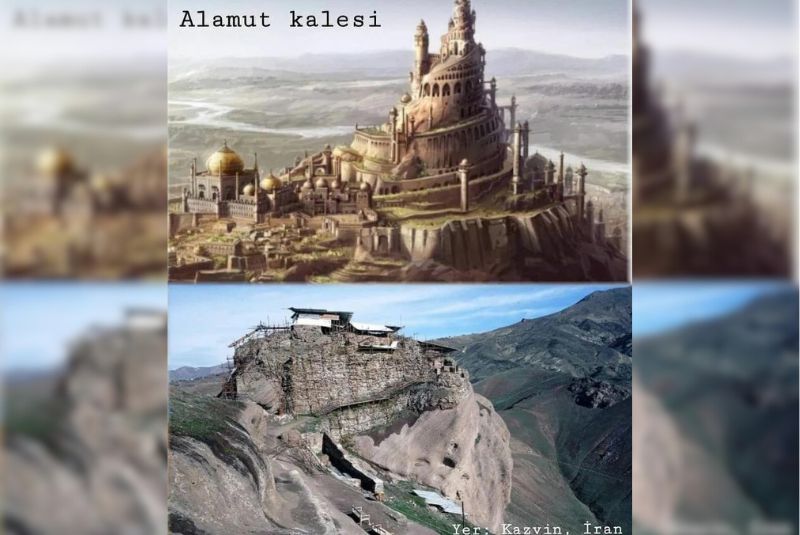
Alamut Castle, located in the Alborz Mountains, is a historic fortress with significant cultural importance. Built in the 9th century, it gained prominence in the 11th century under the Nizari Ismaili state led by Hassan-i Sabbah. The castle's remote location provides stunning views of the surrounding mountains and valleys. Visitors can explore the ruins and learn about its strategic and historical role in Iran's history. The hike to the castle is a rewarding experience, combining natural beauty with a sense of adventure. Alamut Castle is an ideal destination for travelers interested in history and those looking to discover lesser-known attractions in Iran.
2- Babak Castle of Kaleybar

Babak Castle, also known as Babak Fort, stands proudly near Kaleybar in East Azerbaijan province. This fortress, dating back to the 9th century, was the command center of Babak Khorramdin, who led a rebellion against the Abbasid Caliphate. Reaching the castle is an adventure, requiring a hike through the scenic Arasbaran forests and ascending steep paths. The ruins, including sturdy walls and watchtowers, showcase its strategic importance. The site offers sweeping views of the lush landscape, making the climb well worth the effort. Babak Castle is a fascinating destination for those intrigued by Iran's rich history and natural splendor.
3- Darak Coast-Village
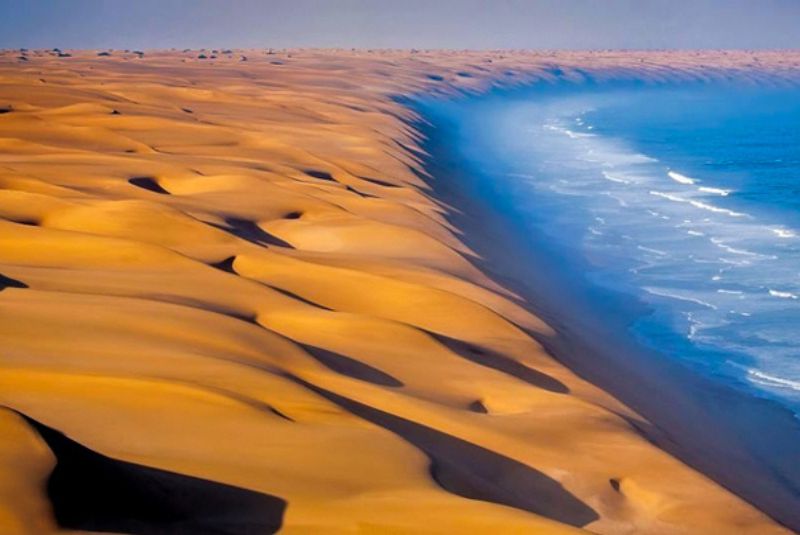
Darak, on Iran's southeastern coast, offers a unique blend of desert and sea. This coastal village, located in the Sistan and Baluchestan province, is where the golden sands of the desert meet the azure waters of the Oman Sea. Darak’s pristine beaches, untouched by mass tourism, provide a tranquil escape for nature lovers. Visitors can enjoy the serene beauty of the landscape, where palm trees and sand dunes create a picturesque setting. The simplicity of village life and the hospitality of the local Baluchi people add to the charm. Darak is an ideal spot for those seeking a peaceful retreat and a taste of Iran's diverse natural environments.
4- Esfahak Oasis Village

Esfahak, a charming oasis village in the South Khorasan province, highlights traditional Iranian life. Nestled amidst the arid landscape, this village is renowned for its mud-brick houses and lush palm groves. The unique architecture and layout reflect the ingenuity of its inhabitants in adapting to the harsh desert environment.
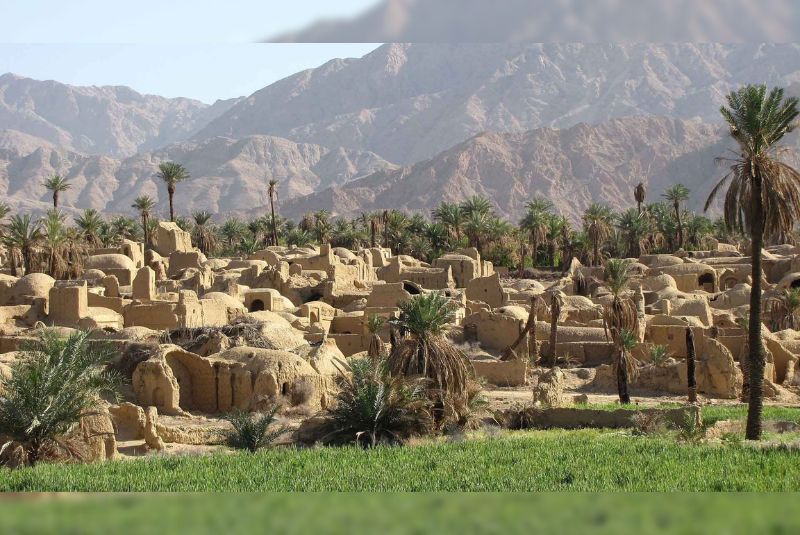
Esfahak's serene atmosphere, combined with the sound of flowing water from its qanats (underground water channels), provides a peaceful retreat for visitors. The village's historical sites and the hospitality of the local community make it a captivating destination for those interested in Iran's rural heritage. Esfahak is perfect for travelers seeking an authentic experience away from the bustling tourist spots.
5- Gorgan Wall (Great Wall of Gorgan)
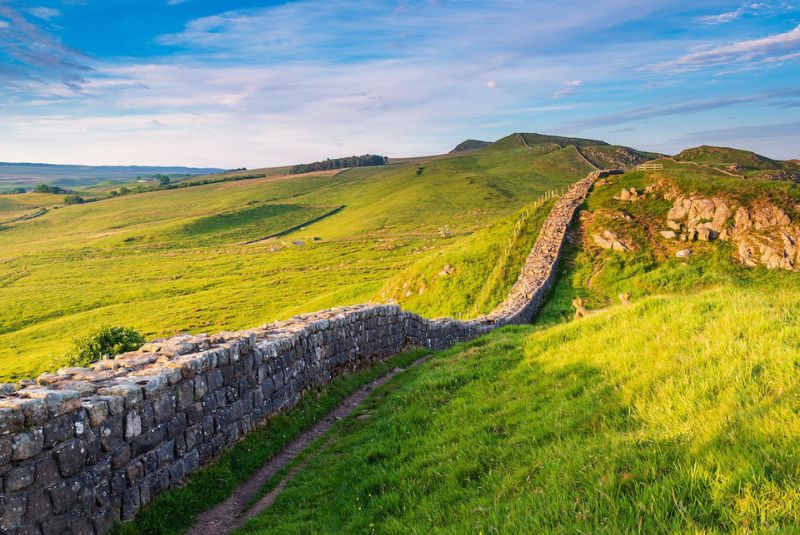
The Great Wall of Gorgan, also known as the Red Snake, is an ancient defensive structure located in Golestan province. Spanning nearly 200 kilometers, it is one of the longest brick walls in the world, second only to the Great Wall of China. Built during the Sasanian Empire around the 5th century, this wall served as a formidable barrier against invasions. The structure is accompanied by over 30 fortresses, which highlight its strategic significance. Visitors to the site can explore the remnants of this massive wall and appreciate the engineering prowess of ancient Iran. The Great Wall of Gorgan is an essential destination for history enthusiasts interested in the architectural and military achievements of past civilizations.
6- Ghost Lake, Mazandaran

Ghost Lake, nestled in the lush forests of Mazandaran province, is a mystical destination surrounded by mist-shrouded mountains. This tranquil lake, also known as Ovan Lake, is famous for its crystal-clear waters and serene atmosphere. The reflections of towering trees on the lake's surface create a surreal and captivating scene. Visitors can unwind amidst the peaceful surroundings, enjoying the gentle breeze and the sounds of nature. The lake is accessible via a scenic drive through picturesque villages and verdant landscapes, making it a perfect spot for a relaxing day trip. Ghost Lake is ideal for nature enthusiasts and photographers seeking to capture the beauty of Iran's northern region.
7- Kal-e Jenni Canyon
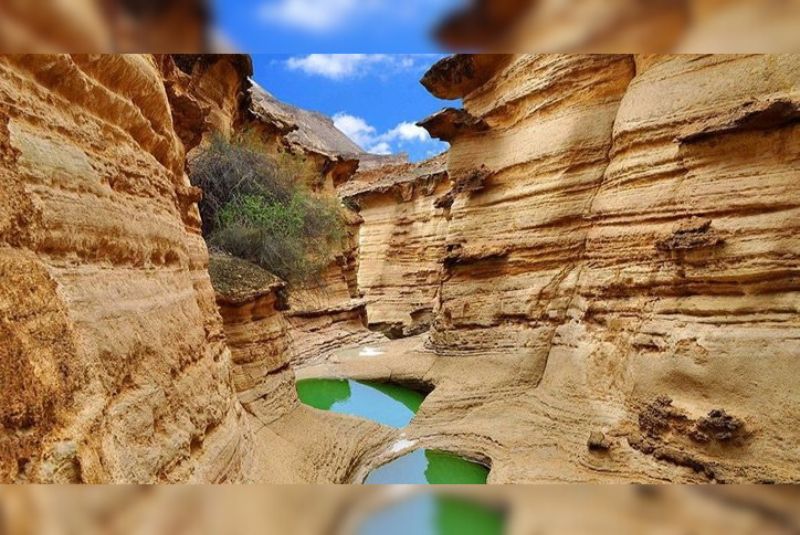
Kal-e Jenni Canyon, located in Lorestan province, is a geological marvel carved by millennia of water erosion. This narrow canyon, also known as the Valley of the Fairies, features steep cliffs adorned with unique rock formations.
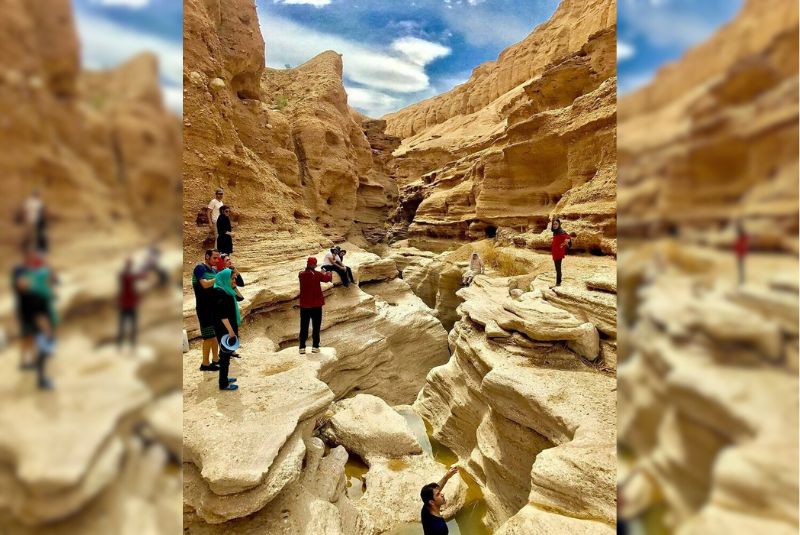
The canyon's name, which translates to "Valley of Jinn," adds to its scary mystical allure. Visitors can hike through the canyon, navigating its winding paths and marveling at the interplay of light and shadow on the rugged terrain. The sound of rushing water echoes through the canyon, adding to its enchanting ambiance. Kal-e Jenni Canyon is a haven for adventure seekers and photographers looking to capture the raw beauty of Iran's natural landscapes.
8- Kandelus Forest-Mountain Village
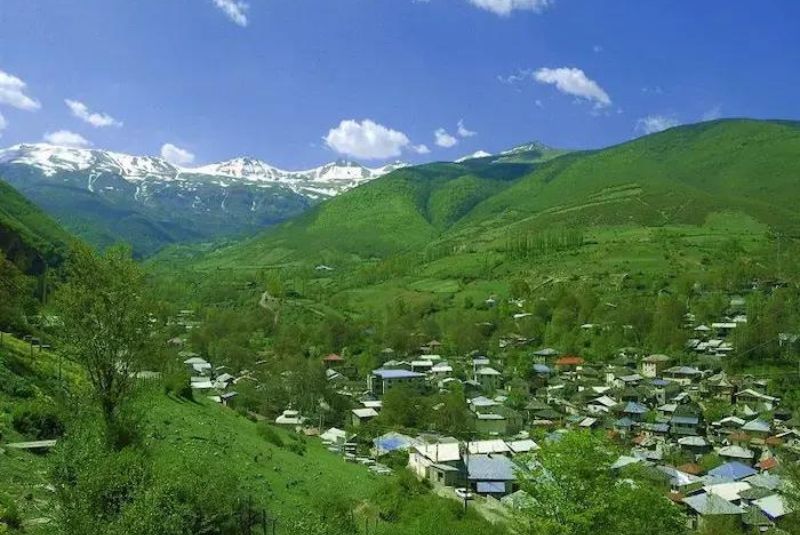
Kandelus, nestled in the Alborz Mountains of Mazandaran province, is a picturesque mountain village surrounded by lush forests. This tranquil retreat provides a look at traditional rural life in Iran. The village is known for its wooden houses adorned with intricate carvings, reflecting the local craftsmanship. Kandelus is famous for its rich biodiversity, with diverse flora and fauna thriving in its pristine surroundings. Visitors can explore hiking trails that wind through the dense forest, providing opportunities to spot wildlife and enjoy panoramic views of the mountains. The village's serene atmosphere and hospitable community make it an ideal destination for nature enthusiasts seeking a peaceful escape from urban life. Kandelus invites travelers to experience the natural beauty and cultural heritage of Iran's mountainous regions.
9- Karshahi Fortress (Thieves’ Castle)
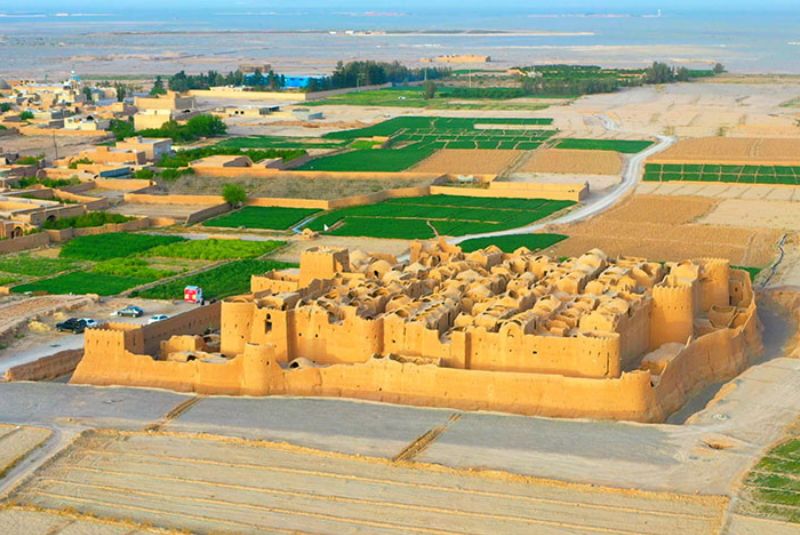
Karshahi Fortress, known locally as Thieves’ Castle, is a captivating destination among Iran's Off the Beaten Path Destinations. Located in Lorestan province, this ancient fortress has a storied past steeped in mystery and folklore. Perched atop a rocky hill, the fortress offers commanding views of the surrounding landscape.

Its rugged stone walls and strategic location highlight its historical significance as a defensive stronghold. Legend has it that the fortress served as a refuge for bandits and outlaws during medieval times, adding to its allure. Today, visitors can explore the ruins, imagining the tales of intrigue and daring that once unfolded within its walls. Karshahi Fortress beckons adventurers and history enthusiasts alike to uncover the hidden stories of Iran's lesser-known historical sites.
10- Kandovan Village
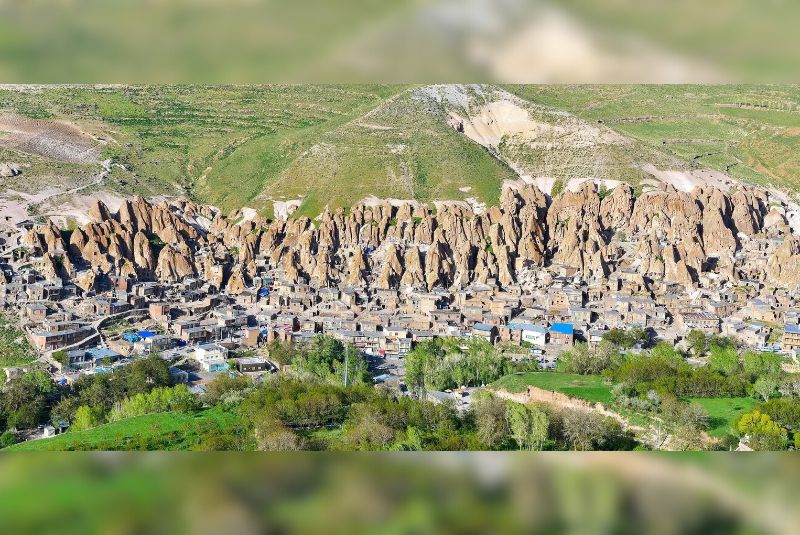
Kandovan Village, situated in East Azerbaijan province, stands out for its unique rock-cut architecture. Carved into volcanic rocks, the cone-shaped homes of Kandovan evoke a sense of ancient tradition blended seamlessly with natural surroundings. This village, still inhabited today, allows visitors to wander through its narrow pathways and explore dwellings that have endured for centuries.
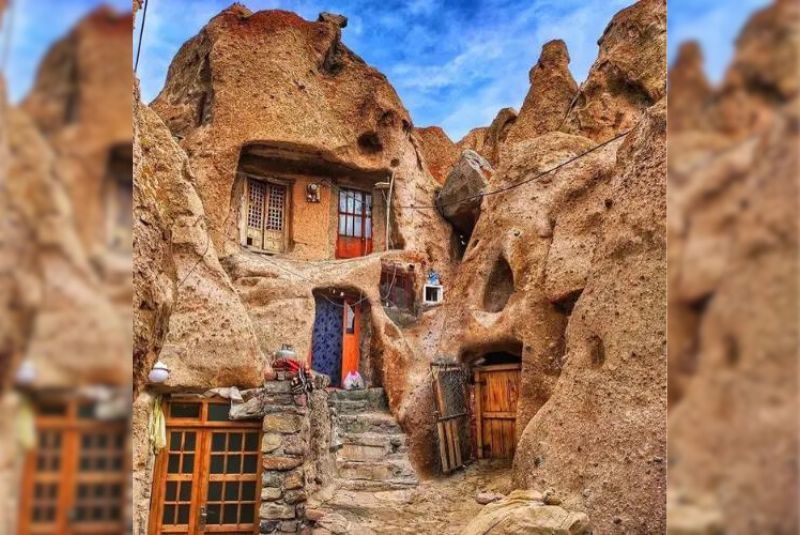
The geological formations and cultural heritage of Kandovan offer a captivating insight into the ingenuity and resilience of its people. For travelers seeking an authentic encounter with Iran's distinctive architectural heritage, Kandovan Village promises an unforgettable experience amidst its rocky landscapes.
11- Laft Village
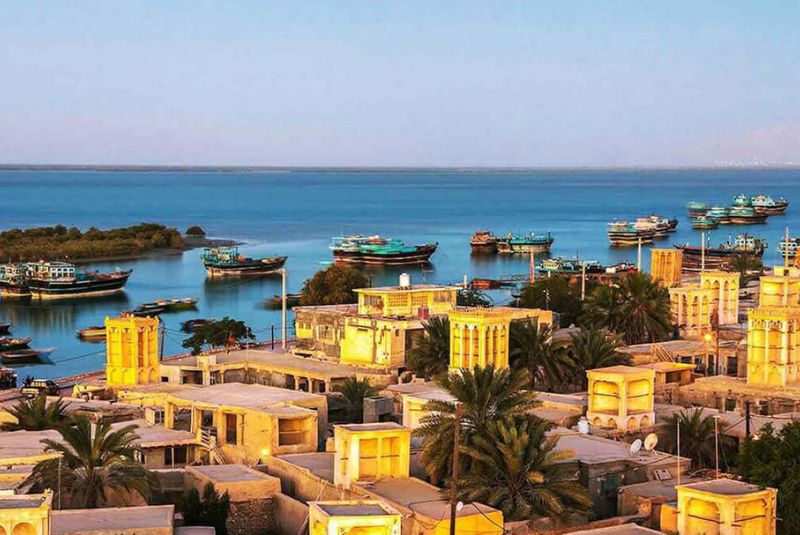
Laft Village, nestled in Hormozgan province, is an intriguing destination off the beaten path in Iran. This coastal village is renowned for its traditional Persian Gulf architecture, characterized by unique wind towers that enhance natural ventilation. The labyrinthine alleys and whitewashed houses showcase the local maritime culture and daily life.
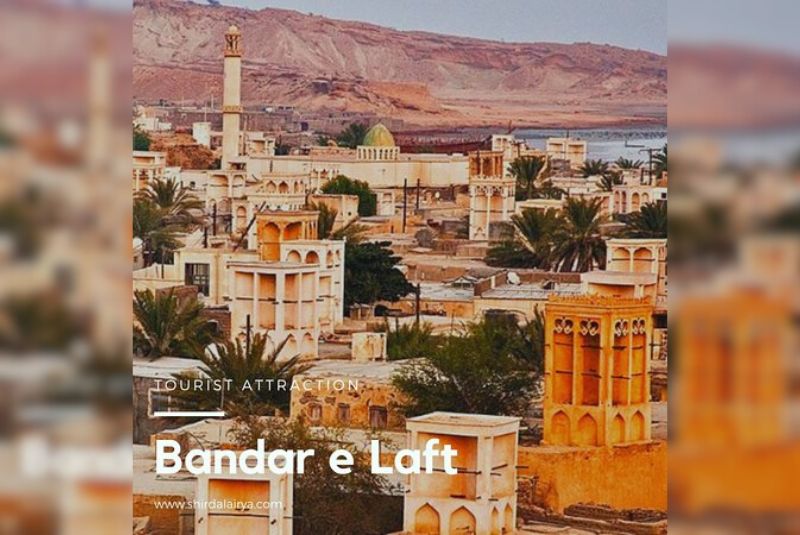
Visitors can explore the village's historical charm and interact with the friendly locals, gaining insights into their fishing and craft traditions. Laft Village invites travelers to experience Iran's coastal heritage in a tranquil setting, away from the usual tourist spots. It's an ideal retreat for those seeking authentic cultural encounters and picturesque landscapes along the Persian Gulf.
12- Loveh Waterfall
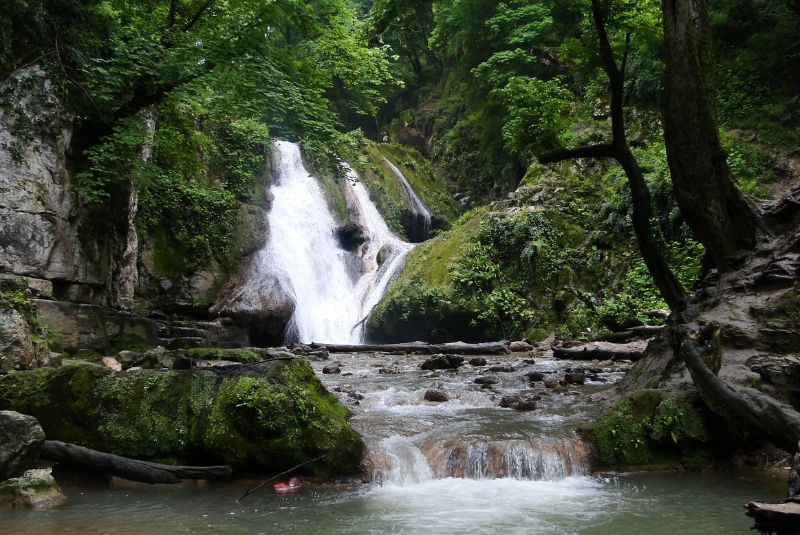
Loveh Waterfall, located in the heart of Lorestan province, is a natural wonder that enchants visitors with its breathtaking beauty. Cascading from a height of over 100 meters, this waterfall plunges into a tranquil pool surrounded by lush greenery. The sound of rushing water creates a serene atmosphere, perfect for relaxation and contemplation. Loveh is celebrated not only for its scenic charm but also for its significance as a local landmark and a popular destination for nature enthusiasts. Visitors can hike through the verdant landscape to reach the waterfall's base, where they can admire its powerful cascade up close. Loveh Waterfall offers a refreshing escape into Iran's pristine natural landscapes, inviting travelers to reconnect with nature and unwind in its tranquil surroundings.
13- Makhunik Desert Village
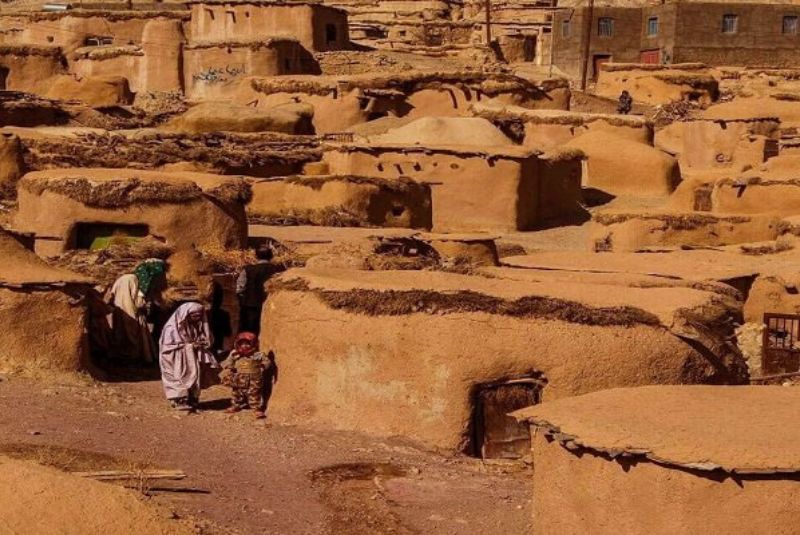
Makhunik Desert Village, part of Iran's Off the Beaten Path Destinations, is a fascinating settlement in South Khorasan province. Known for its unique architecture and cultural heritage, Makhunik is famous for its unusually small dwellings, some believed to have been inhabited by ancient peoples of unusually short stature. The village's mud-brick houses and narrow alleys offer a glimpse into its historical and anthropological significance.
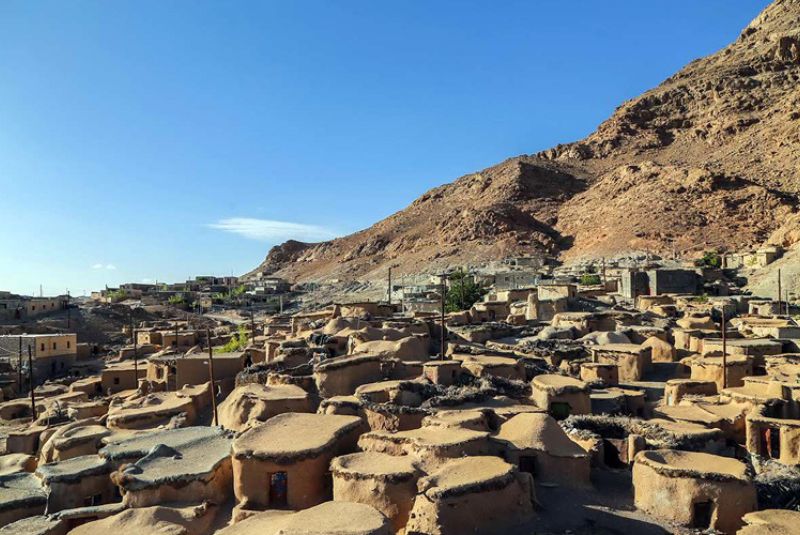
Visitors can explore the intriguing ruins and learn about the lifestyle and traditions of the village's past inhabitants. Makhunik's remote location amidst desert landscapes adds to its allure, making it a destination for curious travelers interested in uncovering lesser-known aspects of Iran's cultural tapestry.
14- Maragheh

Maragheh, situated in East Azerbaijan province, is a historical city known for its significant contributions to science and astronomy during the medieval Islamic era. It was once the capital of the Ilkhanid dynasty and a center of learning and scholarship. The city's historical landmarks, such as the Maragheh Observatory with its famous astronomical instruments, attract scholars and history enthusiasts alike.
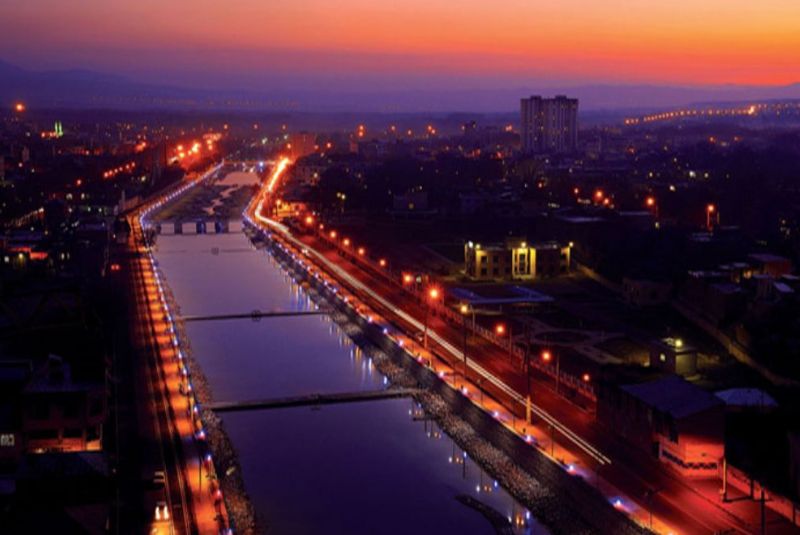
Maragheh's rich cultural heritage is reflected in its architectural marvels, including ancient mosques and mausoleums adorned with intricate tile work. Visitors can explore the city's vibrant bazaars, where traditional crafts and local delicacies are on display. Maragheh reveals Iran's intellectual and artistic achievements throughout history, making it a must-visit for travelers interested in exploring the country's scholarly past.
15- Miankaleh Peninsula & Ashooradeh Island
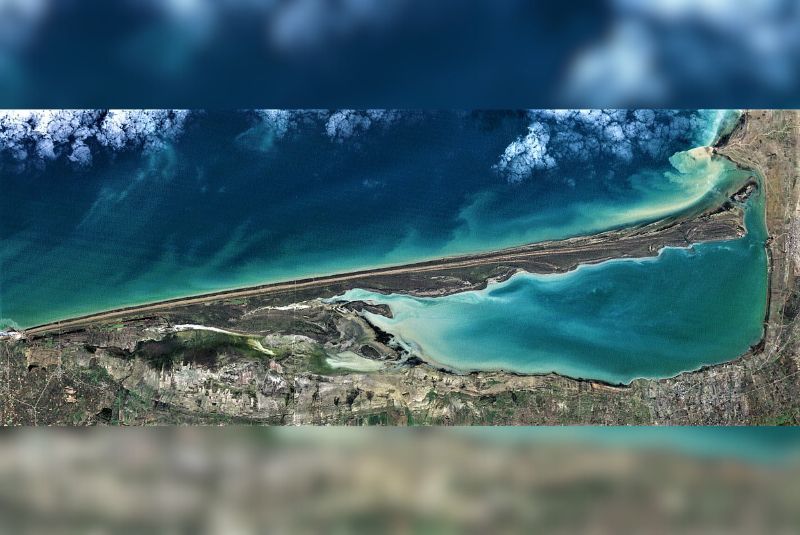
Located in Mazandaran province, Miankaleh Peninsula and Ashooradeh Island form a unique ecological sanctuary along the Caspian Sea coast. Miankaleh is renowned for its diverse wildlife and protected wetlands, serving as a vital habitat for migratory birds and endangered species. The peninsula's marshes and lagoons attract birdwatchers and nature enthusiasts year-round.

Ashooradeh Island, connected to Miankaleh by a causeway, offers pristine beaches and scenic landscapes where visitors can relax and enjoy the tranquility of the Caspian coastline. Together, these areas provide opportunities for eco-tourism and outdoor activities such as birdwatching, fishing, and boating. Miankaleh Peninsula and Ashooradeh Island represent Iran's commitment to conservation and environmental stewardship, making them ideal destinations for those seeking to explore the country's natural wonders.
16- Qaleh-ye Bala (Qalebala) Mountain Village

Qaleh-ye Bala, nestled in the rugged mountains of Lorestan province, stands out as an offbeat destination in Iran. This mountain village is known for its ancient stone houses, perched on steep slopes overlooking verdant valleys. Qaleh-ye Bala offers visitors a unique insight into traditional Iranian mountain life, where agriculture and pastoralism shape the local community. The village's terraced fields and orchards create a scenic backdrop for hiking and exploring the surrounding wilderness. Qaleh-ye Bala invites travelers to experience tranquility and natural beauty in one of Iran's lesser-explored landscapes.
17- Qaleh Rudkhan
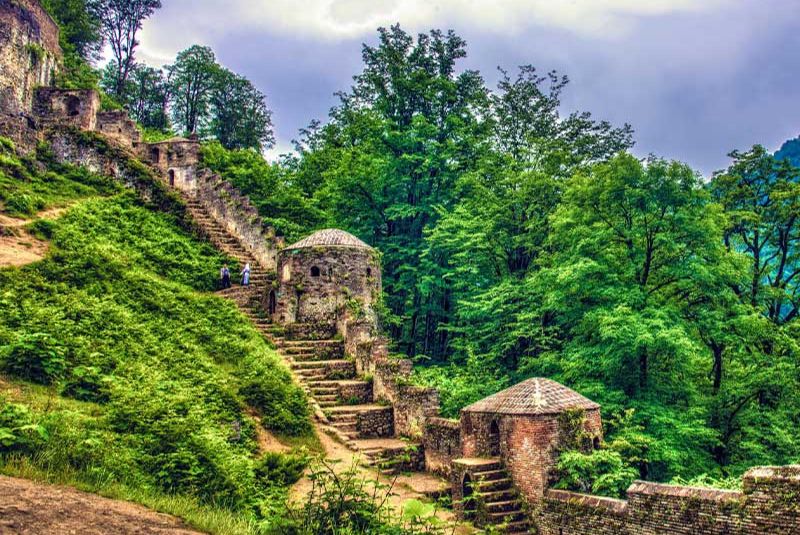
Qaleh Rudkhan, located in Gilan province, is a historical fortress nestled amidst lush green mountains. This ancient stronghold is notable for its strategic location and well-preserved architecture dating back to the Sassanian era. Qaleh Rudkhan touches upon Iran's rich military history, with its sturdy walls and towers commanding panoramic views of the surrounding landscape.
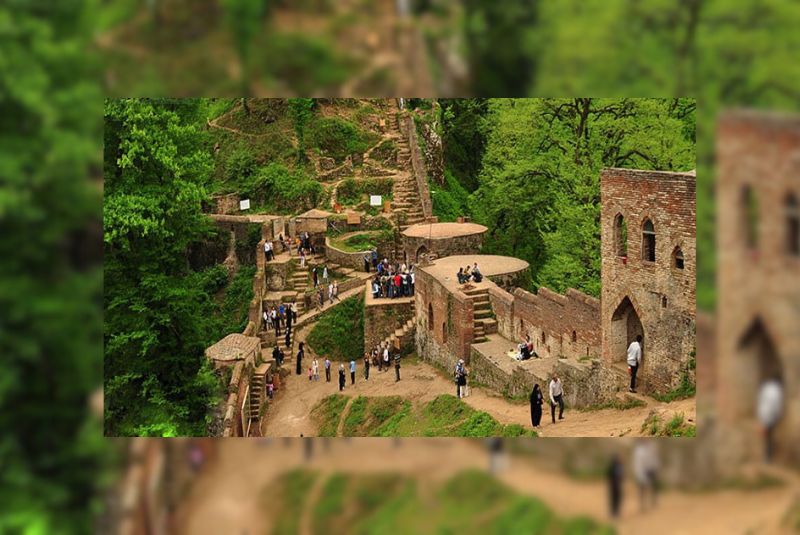
The trek to the fortress involves a scenic hike through dense forests and steep paths, rewarding adventurers with both natural beauty and cultural significance. Qaleh Rudkhan is a captivating destination for history enthusiasts and nature lovers alike, providing an unforgettable experience in Iran's diverse historical and geographical landscapes.
18- Qara Kelisa

Qara Kelisa, situated in West Azerbaijan province, holds significant religious and historical importance in Iran. Also known as the "Black Church," it is one of the oldest churches in the country, dating back to the early Christian era. The church is revered as a pilgrimage site for Armenian Christians, commemorating Saint Thaddeus, one of the twelve apostles of Jesus. Qara Kelisa's distinctive black exterior and serene surroundings amid rolling hills make it a striking architectural landmark. Visitors can explore the church's interior, adorned with intricate frescoes and religious artifacts, looking into the cultural and religious heritage of Iran's Armenian community. Qara Kelisa is a testament to the enduring legacy of Christianity in the region, attracting pilgrims and history enthusiasts seeking spiritual and historical enrichment.
19- Sar Agha Seyed nomad mountain village
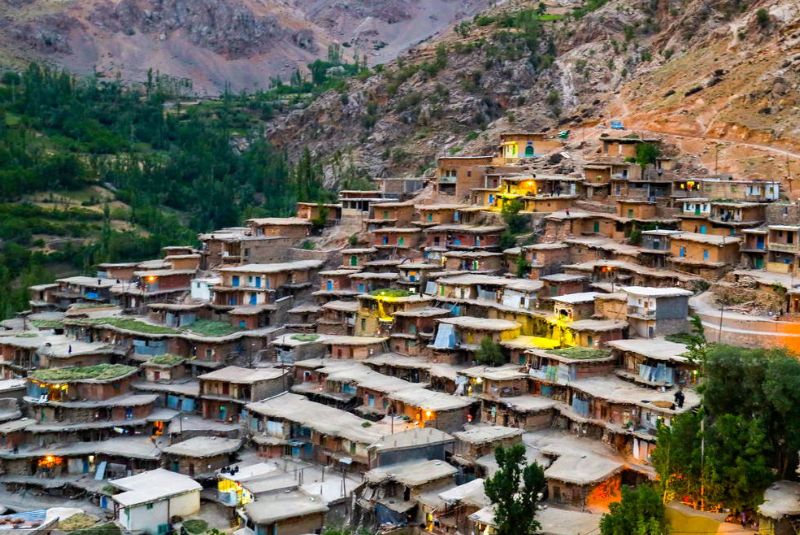
Sar Agha Seyed, nestled in the remote mountains of Iran, is an offbeat destination that casts light on the traditional nomadic lifestyle. This mountain village, situated in a picturesque valley, is home to nomadic tribes who migrate seasonally with their livestock. The village consists of simple tents and rustic stone houses that cascade down the mountainside, with roofs doubling as courtyards and pathways for the dwellings above, showcasing an ingenious design that harmonizes with the rugged terrain. Adding to the cultural richness, Sar Agha Seyed boasts a seasonal population of Bakhtiari nomads, who contribute to the vibrant tapestry of traditional crafts and hospitality. Surrounded by rugged landscapes and grazing grounds, the village invites travelers to immerse themselves in Iran's lesser-explored natural and cultural heritage.
20- Shadegan Lagoon
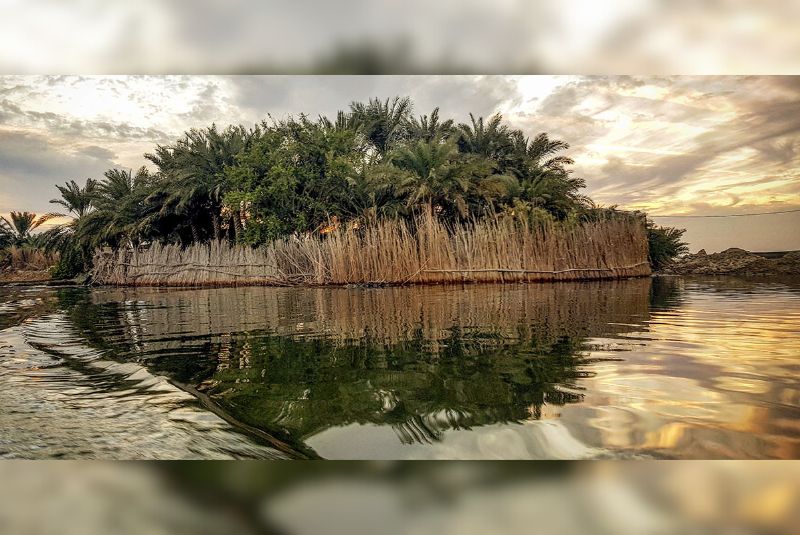
Shadegan Lagoon, located in Khuzestan province, is a captivating natural wonder known for its expansive wetlands and diverse wildlife. This lagoon is part of the UNESCO-listed Shadegan Wildlife Refuge, providing a sanctuary for migratory birds and endangered species. The lagoon's tranquil waters reflect the surrounding palm groves and marshlands, creating a serene atmosphere ideal for birdwatching and nature photography. Visitors can explore the lagoon by boat or on foot along its winding paths, discovering the rich biodiversity that thrives in this unique ecosystem. Shadegan Lagoon offers a peaceful retreat amidst Iran's southern landscapes, inviting travelers to appreciate the beauty and ecological significance of its wetlands.
21- Shapur Cave
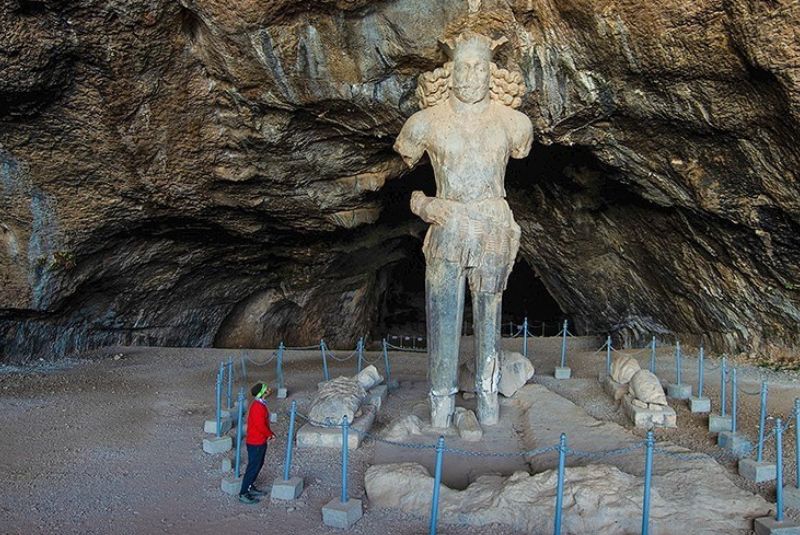
Shapur Cave, situated in Lorestan province, is a historical marvel that draws visitors with its ancient rock formations and archaeological significance. This cave, named after the Sasanian King Shapur I, features impressive stalactites and stalagmites formed over millennia. It served as a ceremonial site during ancient times, reflecting Iran's rich cultural heritage and spiritual practices. Shapur Cave offers a glimpse into the region's geological history, with its cavernous chambers and natural beauty.
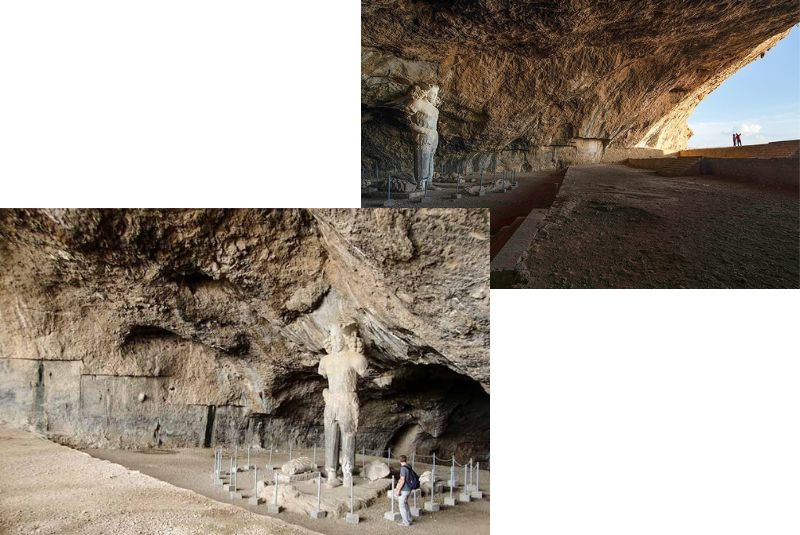
Visitors can explore the cave's interior, marveling at the intricate formations and imagining the rituals that once took place within its depths. Shapur Cave is a captivating destination for history enthusiasts and nature lovers alike, highlighting the intersection of culture and natural wonders in Iran's landscape.
22- Shushtar Historical Hydraulic System

The Shushtar Historical Hydraulic System, nestled in Khuzestan province, stands as a remarkable engineering marvel from ancient times. This UNESCO World Heritage site dates back to the 3rd century AD and showcases sophisticated water management techniques developed by the Persians. The system includes canals, dams, and water mills that once powered the city's industries and agriculture. It reflects Iran's ingenuity in harnessing water resources to support urban life in arid regions. The historical significance of Shushtar's hydraulic system extends beyond its functional aspects, offering insights into the cultural and technological achievements of ancient Persia. Visitors can explore the remnants of aqueducts and waterworks, marveling at their architectural prowess and historical importance. Shushtar Historical Hydraulic System is a captivating destination for history buffs and engineering enthusiasts, showcasing Iran's rich heritage in hydraulic engineering.
23- The City of Izeh
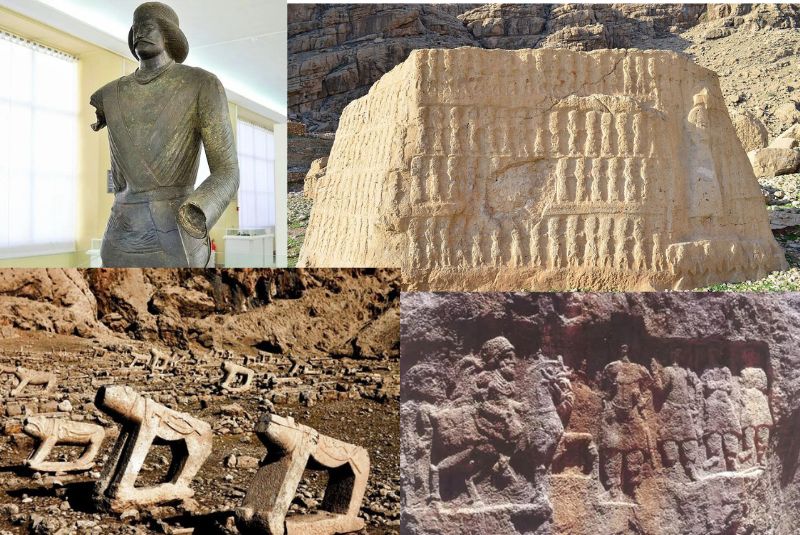
Located in Khuzestan province, Izeh boasts archaeological sites dating back thousands of years, including ancient mounds and ruins that attest to its rich past. The city's strategic location along the Karun River has contributed to its historical importance as a hub for trade and civilization. Izeh is known for its distinctive architecture, blending traditional Persian styles with influences from neighboring cultures. Visitors can explore the city's museums and archaeological sites, discovering artifacts that shed light on its ancient civilizations. Izeh offers a unique opportunity to delve into Iran's pre-Islamic history and explore the cultural heritage of the region.
24- Village of Palangan
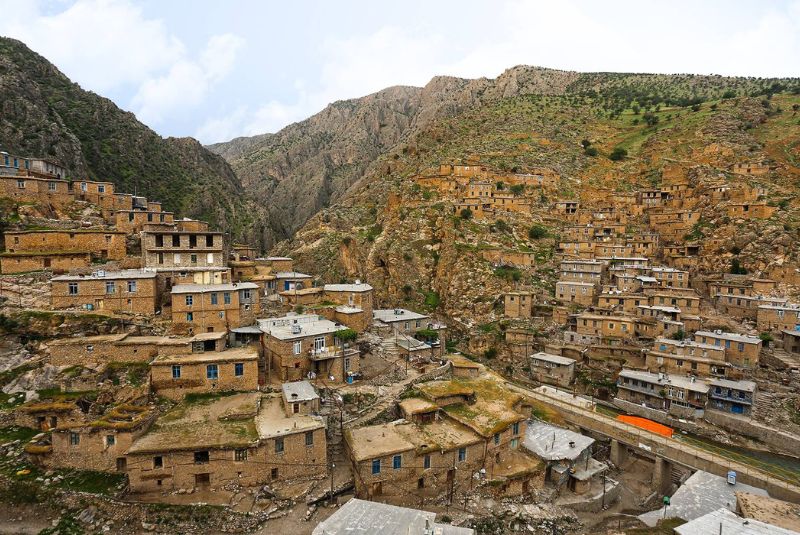
Palangan in Zagros Mountains of Kurdistan province, is a picturesque village renowned for its unique stepped architecture. The village is built on the slopes of the mountains, with each house's roof serving as a courtyard for the one above it, creating a cascading effect. This architectural style not only maximizes space but also showcases the ingenuity of its Kurdish inhabitants in adapting to the rugged terrain. Palangan is known for its tight-knit community and traditional way of life, preserving Kurdish cultural heritage through its language, cuisine, and customs. Visitors can wander through the village's narrow alleyways, interacting with locals and experiencing firsthand the hospitality of Kurdish hospitality.
25- Kaluts of Lut Desert
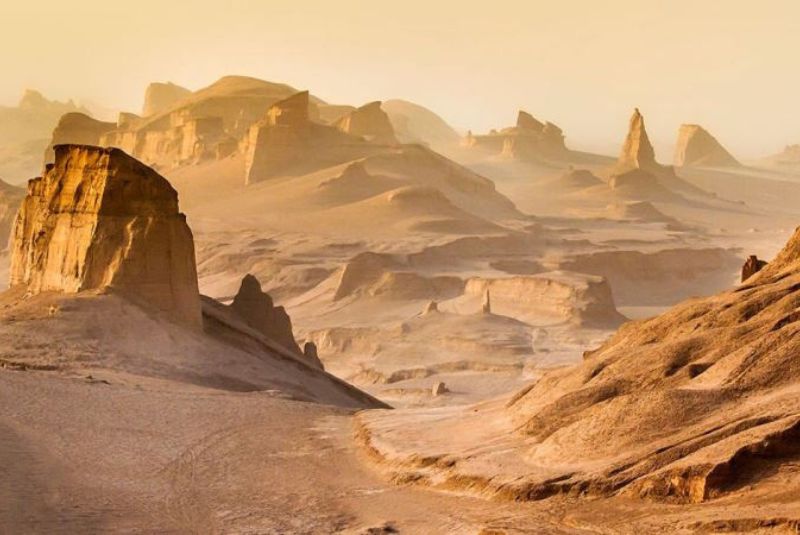
The Kaluts of Lut Desert in Kerman province are natural wonders sculpted by wind and time. These surreal sand formations, known as yardangs, stretch across the desert landscape, shaped into intricate ridges and peaks over millennia. The Kaluts are renowned for their otherworldly appearance, making them a unique destination for photographers and adventurers alike. This Off the Beaten Path Destination in Iran offers visitors an opportunity to witness the raw beauty of nature in an extreme environment. The Lut Desert, where temperatures can soar to among the highest recorded on Earth, adds to the allure of exploring these remote and mesmerizing landscapes. The Kaluts of Lut Desert are a testament to the power of natural forces and a must-see for those seeking to experience Iran's geological wonders.
Final Takeaway
This list is just the beginning of Iran's off-the-beaten-path wonders. From ancient secrets to breathtaking landscapes, each destination promises a unique and unforgettable experience. Don't wait - step beyond the usual tourist trail and discover the magic of top off the beaten path destinations in Iran!
Share your story!
Comment below and let us know about your Experience.
Your story inspires others!


Comment
Leave a Comment